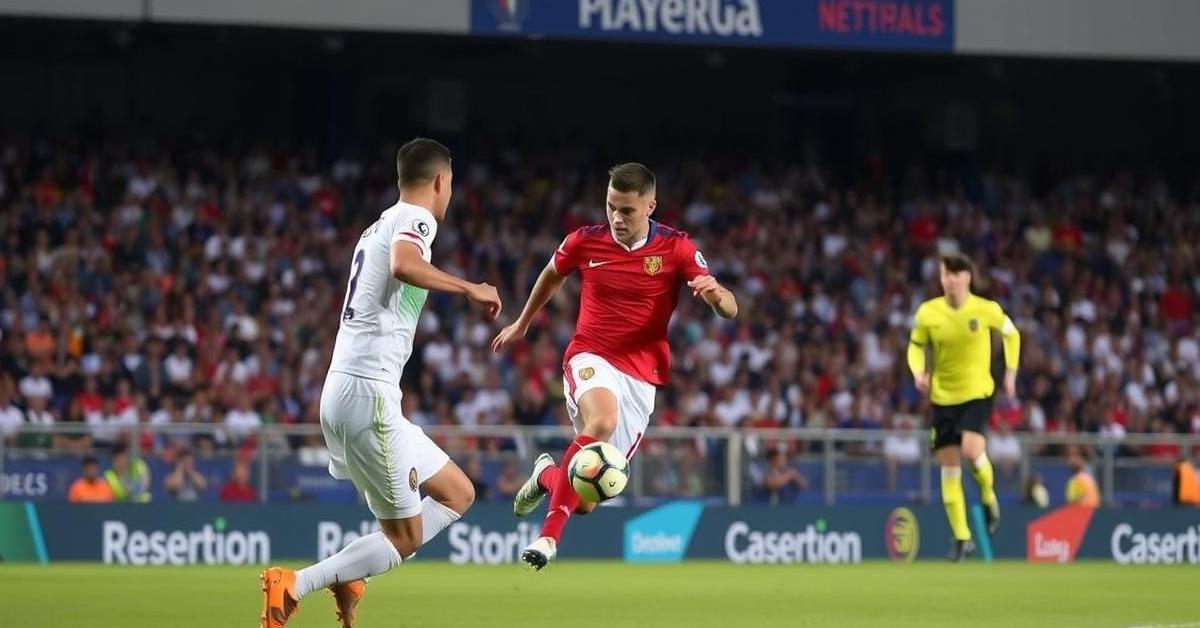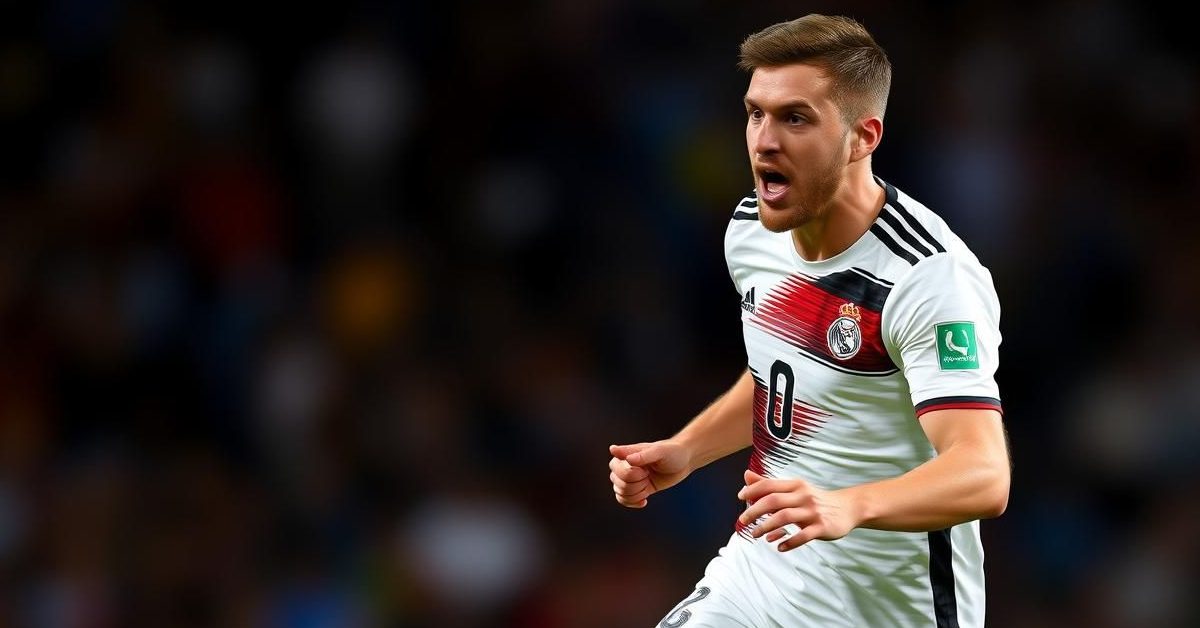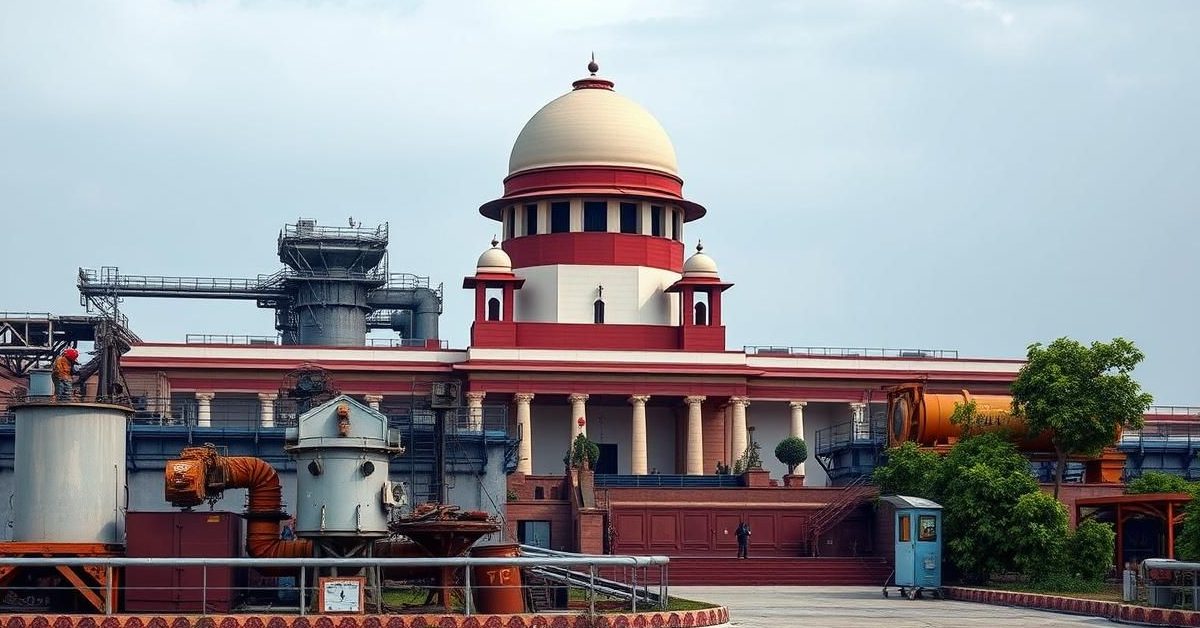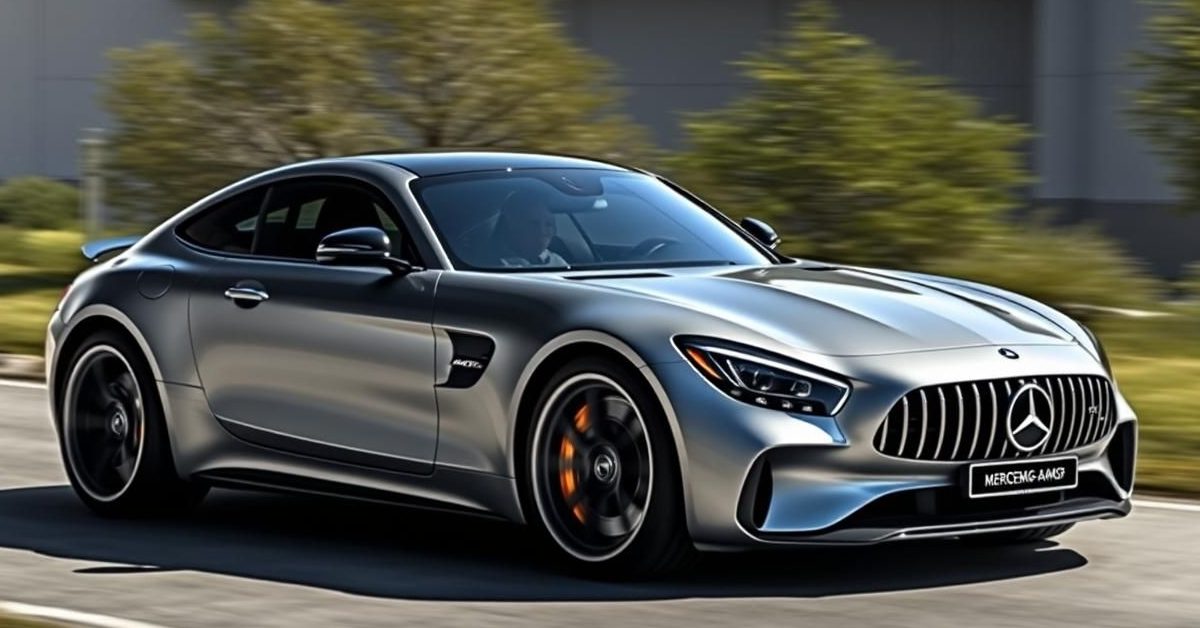The roar of the crowd, the flash of cameras, the indelible moments of triumph – football, in its purest global form, is gearing up for an event unlike any other. While the calendar still points to 2024, the buzz for the 2025 FIFA Club World Cup is already a tangible force, building a crescendo of excitement that promises to redefine club football on the world stage. This isn’t just another tournament; it’s a revolutionary leap forward, an expanded spectacle that has already ignited fervent discussions and set the stage for an unforgettable summer.
A New Dawn for Club Football: The Expanded Format Explained
Forget everything you thought you knew about the FIFA Club World Cup. The 2025 edition, slated to unfold across the vibrant landscapes of the United States, marks a colossal transformation. From its familiar seven-team format, the competition blossoms into an epic 32-team showdown, mirroring the grandeur of the FIFA World Cup itself. This expansion isn’t merely about numbers; it’s a strategic move designed to elevate the global appeal of club football, offering more teams from every corner of the planet a shot at ultimate glory.
This monumental shift ensures broader representation from all six confederations: UEFA, CONMEBOL, CONCACAF, AFC, CAF, and OFC. It’s a true melting pot of footballing philosophies and styles, where European giants will clash with South American titans, African powerhouses, Asian masters, North American contenders, and Oceania’s finest. The new structure promises a relentless series of high-stakes matches, culminating in a knockout phase that will test every team’s resolve.
The Road to the USA: Qualified Giants and Emerging Contenders
The qualification process has been a fascinating storyline in itself, with champions from recent continental competitions securing their coveted spots. From Europe, stalwarts like Real Madrid, Manchester City, and Chelsea, recent UEFA Champions League victors, have already punched their tickets, bringing with them an aura of invincibility and a galaxy of global superstars. Their presence alone guarantees a massive draw, but they’ll face fierce competition.
South America’s CONMEBOL Libertadores winners, including powerhouse clubs like Flamengo, Palmeiras, and Fluminense, are set to represent the continent’s passionate and technically gifted style of play. Meanwhile, CONCACAF has seen teams like Mexico’s Monterrey and MLS’s Seattle Sounders secure their places, highlighting the growing strength of football in North America. The coming months will see more teams cementing their places, building a formidable roster of contenders all vying for that inaugural expanded title.
Battlegrounds Await: Iconic Venues Across the United States
The choice of the United States as the host nation for this inaugural expanded tournament is no coincidence. It leverages the nation’s immense infrastructure, state-of-the-art stadiums, and burgeoning football fan base, providing a tantalizing preview of the nation’s capabilities ahead of the 2026 FIFA World Cup. While specific venues are yet to be fully confirmed, anticipation runs high for matches to unfold in iconic arenas such as MetLife Stadium in New Jersey, Hard Rock Stadium in Miami, SoFi Stadium near Los Angeles, and AT&T Stadium in Dallas.
These coliseums, known for hosting mega-events, will provide the perfect backdrop for intercontinental clashes. The sheer scale of the tournament will span multiple time zones, immersing fans across the country and the world in a continuous festival of football. The logistical challenge is immense, but the promise of a truly global carnival is even greater, ensuring a fan experience unlike any previous club competition.
Star Power and Unforgettable Showdowns: What to Anticipate
Imagine the possibilities: Kylian Mbappé’s electrifying pace against Vinicius Jr.’s dazzling dribbling, or the strategic genius of Pep Guardiola facing off against the tactical prowess of Carlo Ancelotti. The 2025 FIFA Club World Cup is set to be a stage where the world’s most renowned footballers and coaching masterminds converge. While rosters may evolve, the fundamental appeal lies in the potential for dream matchups – a true “Clásico” played on neutral ground, or an African champion challenging a European titan.
These aren’t just games; they are narratives waiting to unfold. New rivalries will be forged, heroes will be made, and legends will be cemented. The format guarantees thrilling group stage encounters, followed by a relentless knockout bracket where every moment counts. The emotional intensity will be palpable, as clubs and their fiercely loyal supporters chase an unprecedented piece of history.
Beyond the Pitch: The Tournament’s Global Impact and Legacy
The significance of the 2025 FIFA Club World Cup extends far beyond the ninety minutes of play. Financially, it represents a massive boost for FIFA, the participating clubs, and the host cities, generating substantial revenue through broadcasting rights, sponsorships, and tourism. For clubs, especially those from less dominant leagues, it offers an unparalleled opportunity for global exposure, talent scouting, and a significant economic injection.
Strategically, this expanded tournament serves as a critical test run for FIFA, showcasing its organizational capabilities and the United States’ readiness to host global football spectacles leading up to the much larger 2026 World Cup. It’s a statement of intent, signaling a new era for club football that aims to elevate the competition’s prestige and create a truly global calendar. The talking points and storylines are already overflowing, promising a summer of football that will captivate the world and reshape the future of the beautiful game. Get ready for history to be written.












